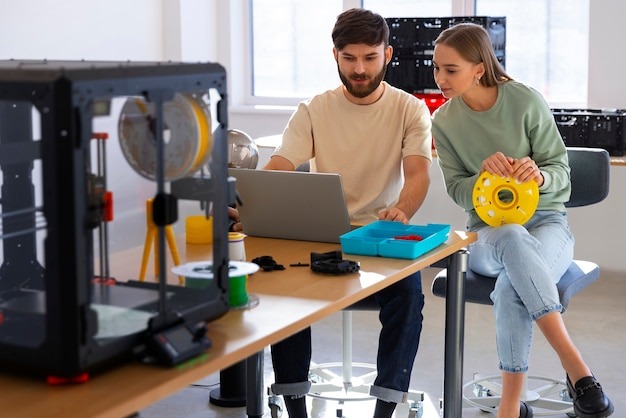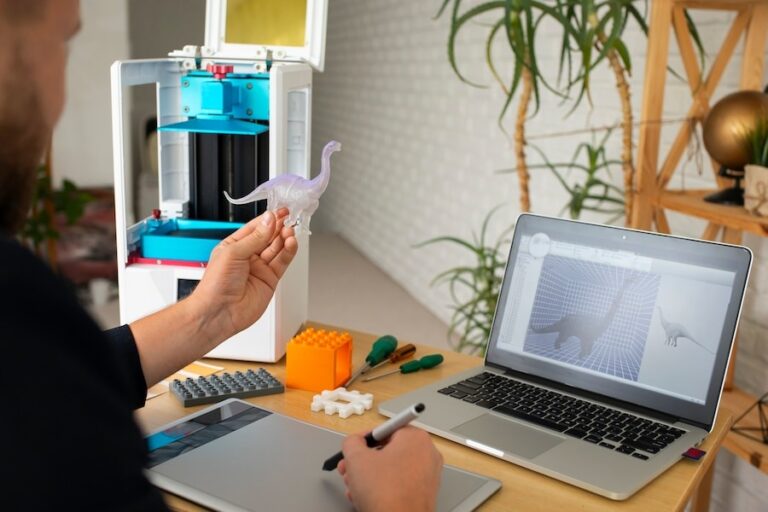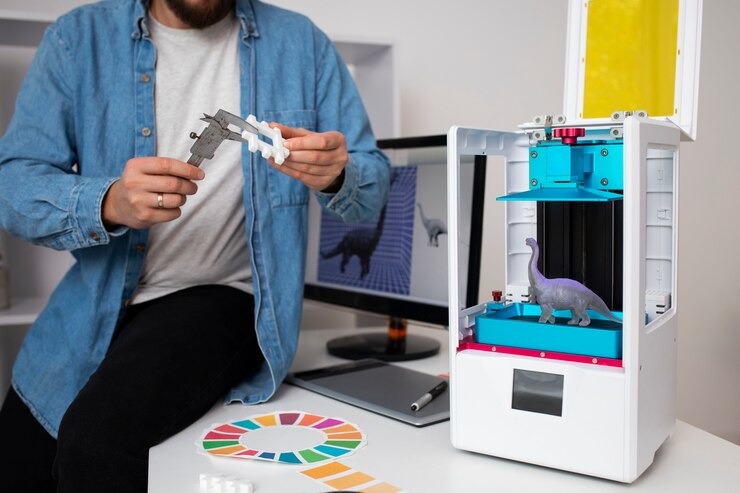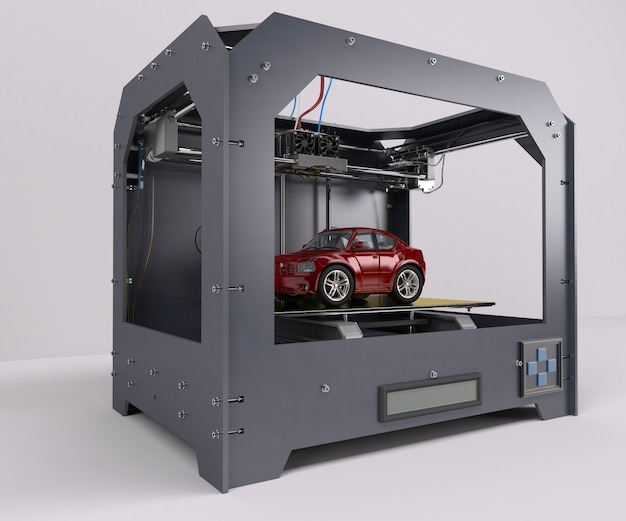3D Printing in Architecture: Building the Future, One Layer at a Time
3D printing can be seen as every architect’s fantasy. You can now imagine creating detailed models of your dream buildings or constructing complex architectural designs by just clicking a button. Too futuristic? Well, thanks to 3D printing for architects in India, that fantasy becomes reality now! Be it designing a skyscraper or intricate models of their architectural designs, 3D printing is revolutionizing the way architects bring their ideas to life.
In this entertaining and interesting primer, we’ll analyze just how 3D printers for architectural models are transforming the architecture industry. No one needs encouragement to cut costs and be creative more than an architect. Let’s see exactly how this technological marvel is reshaping the architecture world!
Why 3D Printing is a Game Changer for Architects
Gone are the days when architects were confined to hand-drawn sketches or wooden models. 3D printing for architects in India now means one can print complicated structures with an accuracy that is unmatched earlier. Here are a few reasons why 3D printing is coming to architecture:
•Speed and Efficiency: Now, you can easily create detailed models using a 3D printer for architectural models quickly, saving hours of manual labor.
•Accuracy and Details: This is the accuracy and precision in 3D printing. Things like textured facade, complexity in geometry, are very easy to create with 3D printing that is difficult using traditional manufacturing.
•Cost-Efficient Prototyping: In this case, using 3D printing architectural model models costs much cheaper and uses fewer resources compared to spending large sums of money using traditional materials and manpower.
• Creative Freedom: There is no design too complicated! 3D printing allows architects to be bold and creative with their ideas and build models that break the norms of traditional building.
How 3D Printers are being Used in Architectural Model
In India, 3D printing for architectural models is widely embraced by architects. Here’s how 3D printing is taking place in architecture:
•Concept Models: Architects implement the use of 3D printing for concept models to deliver the concepts to their clients. These appear to make tangible manifestations of an architect’s ideas in the mind of the client. It explains the final product to clients in fantastic detail.
•Detailed Scale Models: Architectural model 3D printers allow architects to print scale models that feature all the important details from windows and doors to complex structural elements.
•Custom Designs: Want to create something which is relatively different from other conventional buildings in unique shapes or organically designed buildings? With 3D printing, architects get to take the designs they have and create custom models that reflect innovative building design.
•Presentation-Ready Models: Showcase your clients with sleek, highly detailed models that show your vision. 3D printing lets you add textures, colours, and finishes to produce professional and polished models.
Role of 3D Printing in the Construction of Architecture
3D printing is already being done in the construction of architecture. Imagine printing the entire components of buildings or even whole houses! This is one part of science fiction, but this technology is being tested and applied to construction projects worldwide.
•Building Components: Architects and engineers are using bigger 3D printers to build walls, floors, and even rooftops for buildings. This can accelerate construction and may shorten building time.
•Sustainable Building: Reduced waste due to 3D printing because it is only using the material one needs; in this way, it is more environment-friendly than most construction processes.
• Affordable Housing: Some companies use 3D printing to produce affordable homes, thus affordable housing solutions where it may be needed. With faster construction time and lower material input, 3D printing can be the answer to housing needs.
How much will a 3D-print architectural model cost?
It costs anywhere between ₹2,000 to ₹5,000 depending on the model size, complexity of design, and what material is used, and it starts from ₹10,000 to ₹20,000 for larger models with details like multi-story buildings.
• Intricate Models: Elaborate models with complex designs can cost anything between ₹20,000 and much more depending upon how many materials or colours are used.
Though the cost would be marginally above that, the efficiency as well as accuracy plus the creative liberty it gives, makes 3D printing a very good investment for architects
Conclusion: The Future of Architecture in 3D Printing
The possibilities are endless when one talks about 3D printing for architects in India. From creating incredibly intricately scaled models to printing an entire component of a building, 3D printing revolutionizes the architecture world. Architects can think with a little more creativity and precision than ever before and come up with ideas faster and much quicker. Architectural projects that were toughly handled can now be tried even by almost any one-fingered architect or even students eager to experiment.
Frequently Asked Questions About 3D Printing for Architects in India
Q1: What does 3D printing hold for architects?
Architectural models would print rapidly three-dimensionally. That is fast and meanwhile can produce models in great detail, save architects time, and increase the accuracy as well. This also includes more creativity because architects can design or print complex structures that might be practically hard to create by hand.
Q2. What materials are used for 3D printing an architectural model?
Common materials are: PLA (biodegradable plastic), ABS (which is a tough and less fragile plastic used in modeling to be 3D printed), and resin, which can be used for high-detail and smooth finish. In some cases, architectural models may also include the use of composite materials or even concrete for construction pieces.
Q3: Can 3D printing be used for actual construction?
Yes! This construction of 3D printing architecture is fast picking up – especially with wall, floor, and roof component printing. Houses and small buildings have indeed already been printed in several countries!
Q4. How much does it cost to print an architectural model?
It generally depends on the size of the model or its complexity, but simple models can start as low as ₹2,000. Bigger or more complex models may even reach up to ₹20,000.
Q5: Is it faster to 3D print than to build a model in traditional style?
Yes! So much quicker! What would take days or even weeks to build by hand can often be printed in a few hours or a few days depending on the size.
Q6: What is the typical software used by architects to 3D print?
Architects use CAD software such as AutoCAD, SketchUp, or Rhino to create their 3D model, which they then export to become printable files for a 3D printer.








